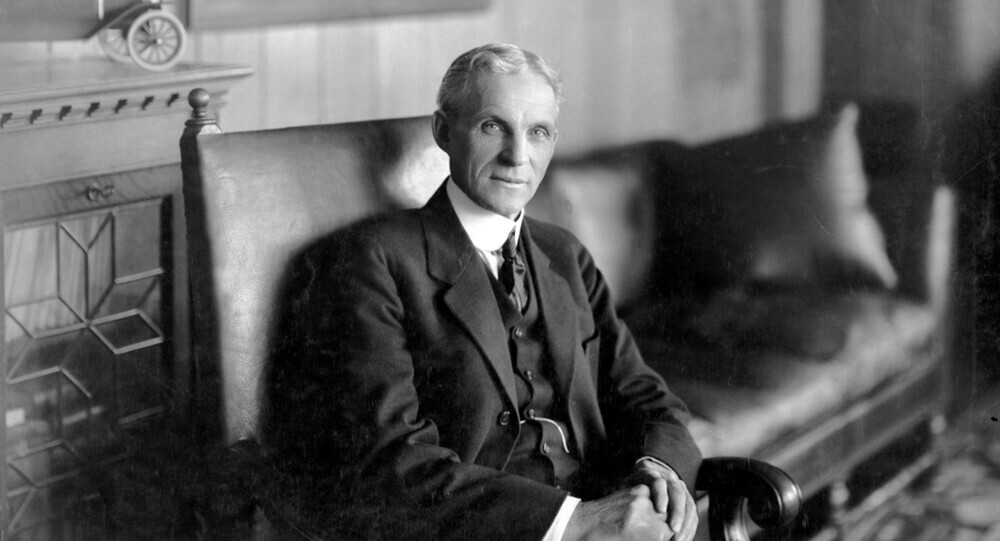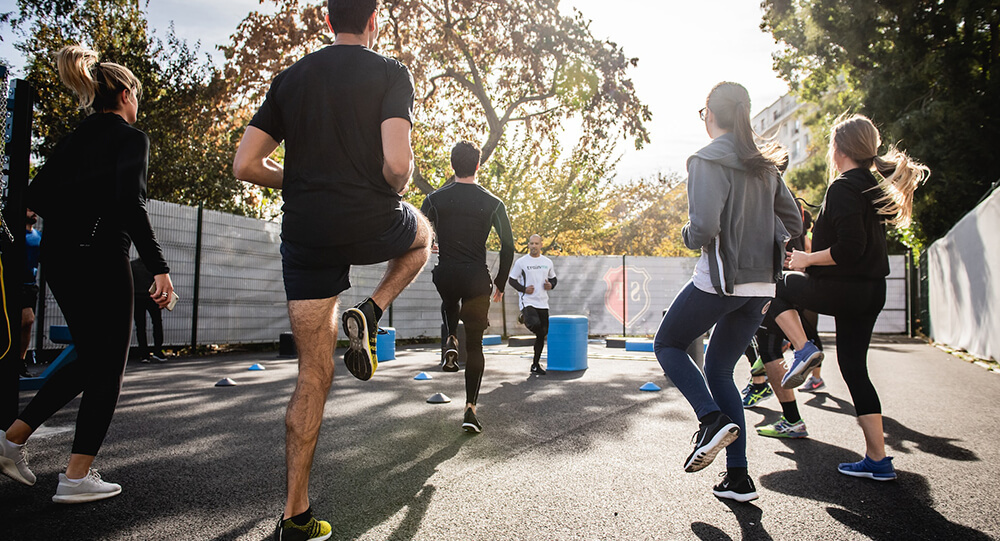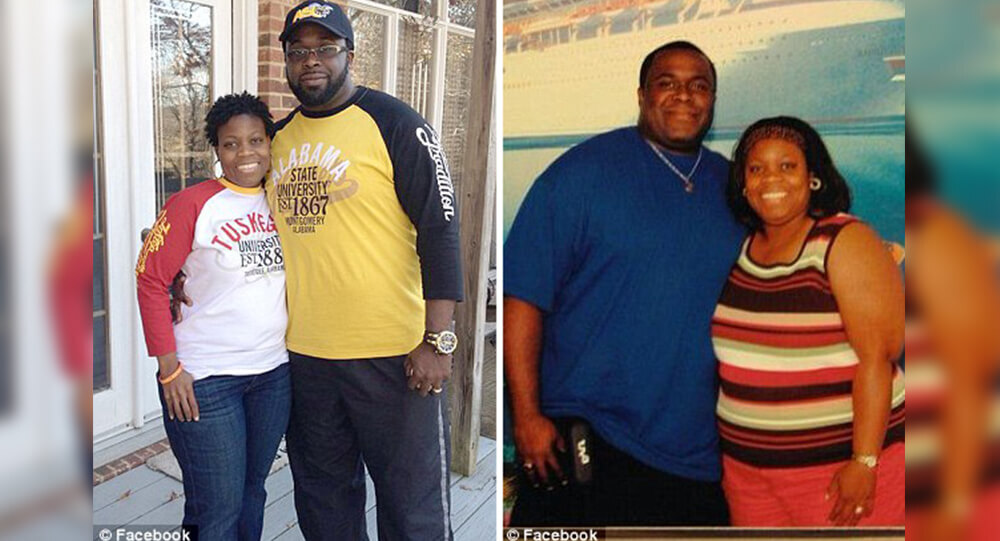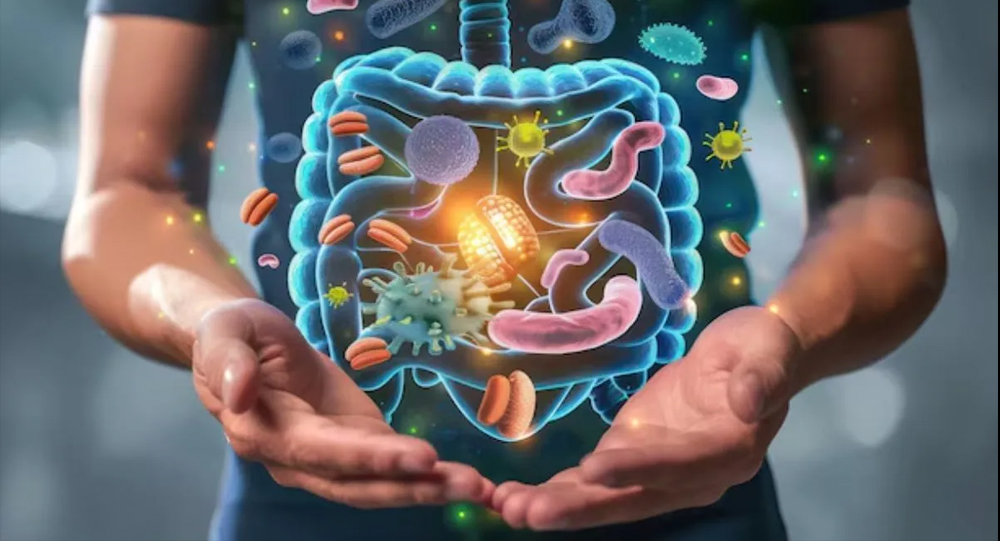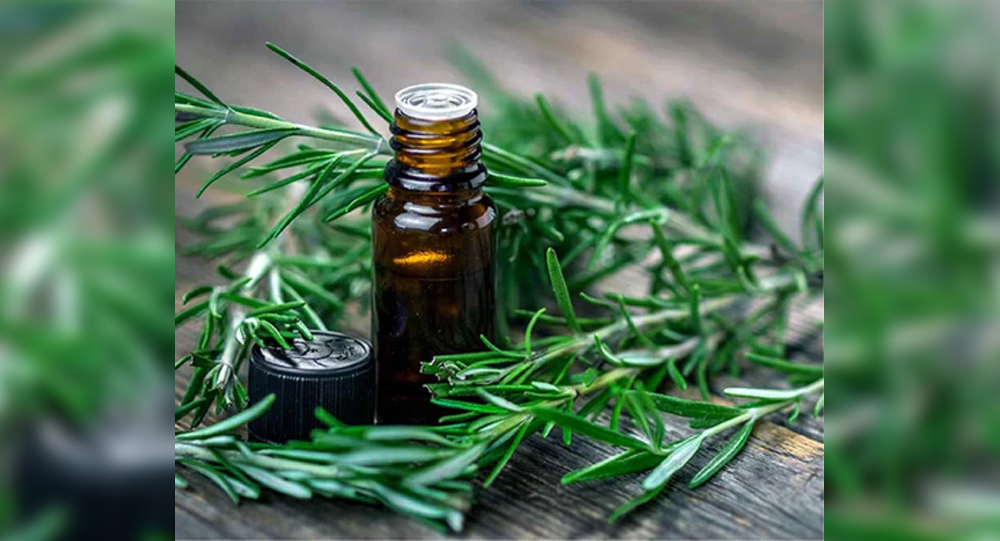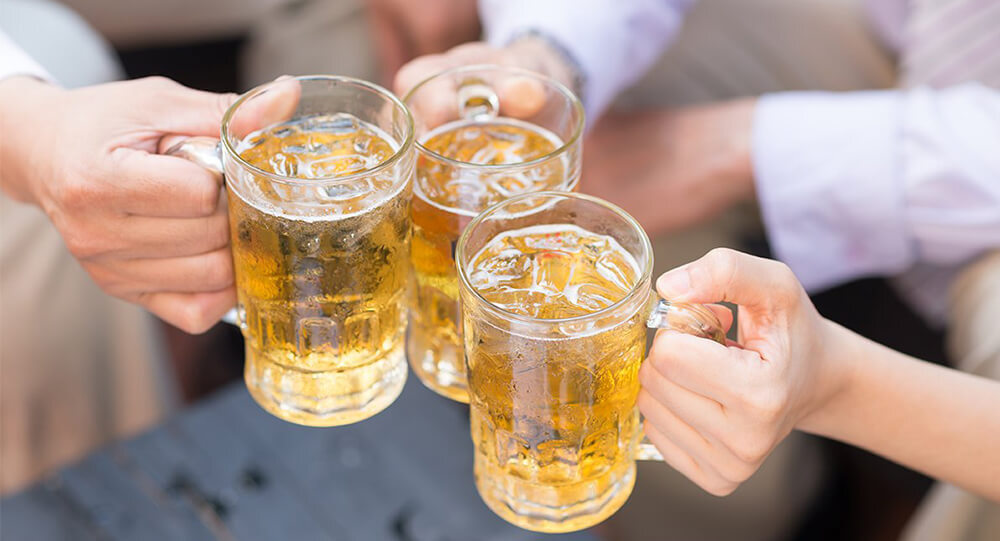
Intermittent fasting (IF) has taken the wellness world by storm, promising everything from weight loss to a sharper mind and longer life. But what exactly happens inside your body when you fast intermittently? Is it just a trendy diet, or is there solid science backing its benefits and risks? Let’s break down the latest research and what you need to know if you’re considering trying IF.
What Is Intermittent Fasting and How Does It Work?
Intermittent fasting is an eating pattern that cycles between periods of eating and fasting. Unlike traditional diets that focus on what you eat, IF focuses on when you eat. Popular methods include the 16:8 method (fast for 16 hours, eat during 8), alternate-day fasting, and the 5:2 approach (eating normally 5 days a week, reducing calories for 2 days).
But what makes IF effective? When you fast, your body undergoes a “metabolic switch” — it shifts from burning glucose (sugar) for energy to burning stored fat and producing ketone bodies. This switch isn’t just about weight loss; it triggers a cascade of cellular processes that protect your organs and improve brain function.
According to Dr. Mark Mattson, a leading neuroscientist, IF activates pathways that help cells survive stress, fight inflammation, and promote repair mechanisms, making fasting somewhat similar to the benefits of aerobic exercise.
Proven Benefits of Intermittent Fasting
Research on intermittent fasting has uncovered a variety of health benefits—some well-established, others still under investigation.
- Weight Loss and Metabolism: Studies show that IF usually leads to a 3-8% reduction in body weight over several weeks. This weight loss naturally improves insulin sensitivity, lowers blood sugar, and reduces inflammation. Unlike continuous calorie restriction, IF tends to preserve metabolic rate while promoting fat loss.
- Heart Health: IF improves several heart risk factors, including lowering blood pressure, cholesterol, triglycerides, and inflammatory markers, reducing the risk of cardiovascular diseases.
- Brain Health and Longevity: Animal studies and some human data suggest intermittent fasting may enhance memory and cognition by stimulating cellular repair and decreasing oxidative stress. It also activates genes linked to longevity, reducing risks for neurodegenerative diseases like Alzheimer’s.
- Improved Cellular Health: Fasting triggers autophagy, a process where cells “clean out” damaged components, which can protect against cancer and age-related disorders.
- Potential Disease Protection: IF has shown promise in protecting against type 2 diabetes, certain cancers, inflammatory bowel disease, and metabolic syndrome.
What About the Risks and Side Effects?
While intermittent fasting offers exciting benefits, it’s not for everyone and carries some risks that deserve consideration.
- Physical Side Effects: People may experience headaches, dizziness, fatigue, constipation, and irritability during fasting periods, especially at first. For some, prolonged fasting may impact menstrual cycles or bone density.
- Not Suitable for Certain Groups: IF is not recommended for pregnant or breastfeeding women, people with eating disorders, or those at risk for bone loss and falls. It may also complicate diabetes management because of effects on blood sugar levels.
- Social and Lifestyle Challenges: Limiting eating windows can disrupt social meals or important cultural events. The hunger experienced during fasting periods may cause some people to overeat later, mitigating benefits.
- Long-Term Effects Still Unclear: Most human studies so far are short-term. Large-scale, multi-year trials are needed to understand if benefits persist and whether there are any long-term risks or unexpected consequences.
How to Fast Safely and Effectively
If you decide to try intermittent fasting, experts recommend these guidelines:
- Stay hydrated during fasting periods with water, tea, or black coffee.
- Maintain a nutrient-rich diet during eating windows, emphasizing whole foods, lean proteins, healthy fats, and fiber.
- Avoid sugar-laden or processed foods that could spike blood sugar and counteract fasting benefits.
- Pair fasting with resistance training and adequate protein intake to preserve muscle mass.
- Start slowly—begin with shorter fasting periods to help your body adjust.
- Consult a healthcare provider before starting, especially if you have underlying health conditions.
Fascinating Trivia About Intermittent Fasting
- Animals from mice to monkeys show extended lifespans with intermittent fasting, hinting at evolutionary benefits of feast-famine cycles.
- Some studies revealed improvements in verbal memory in humans practicing IF.
- Fasting stimulates nutrient-sensing pathways like AMPK and inhibits mTOR, similar to mechanisms triggered by exercise.
- The “metabolic switch” can take 12–36 hours to activate, which is why fasting windows longer than 12 hours often show more benefits.
- Time-restricted feeding that limits nighttime eating may be especially beneficial due to alignment with the circadian rhythm.
Is Intermittent Fasting Right for You?
Intermittent fasting is much more than a trendy diet fad. The science shows it can boost weight loss, promote health, and even protect the brain and organs. Yet it does come with cautionary notes, and not every fasting plan suits everyone’s lifestyle or health needs.
If you’re considering intermittent fasting, the best approach is one tailored to your body, preferences, and medical history. Talk to a healthcare professional, listen to your body, and give it time to adjust. When practiced thoughtfully, intermittent fasting can be a powerful tool for improving your health and longevity.
Stay curious and informed—because as research continues, we’re learning more every day about the fascinating interplay between when, what, and how we eat.

The Role of Music Therapy in Healing and Recovery
Music therapy plays a powerful role in healing and recovery by using rhythm, melody, and sound to improve mental, emotional, and physical well-being. It helps reduce anxiety, manage pain, and support cognitive and motor skills—benefiting patients from stroke survivors to those with PTSD or depression.
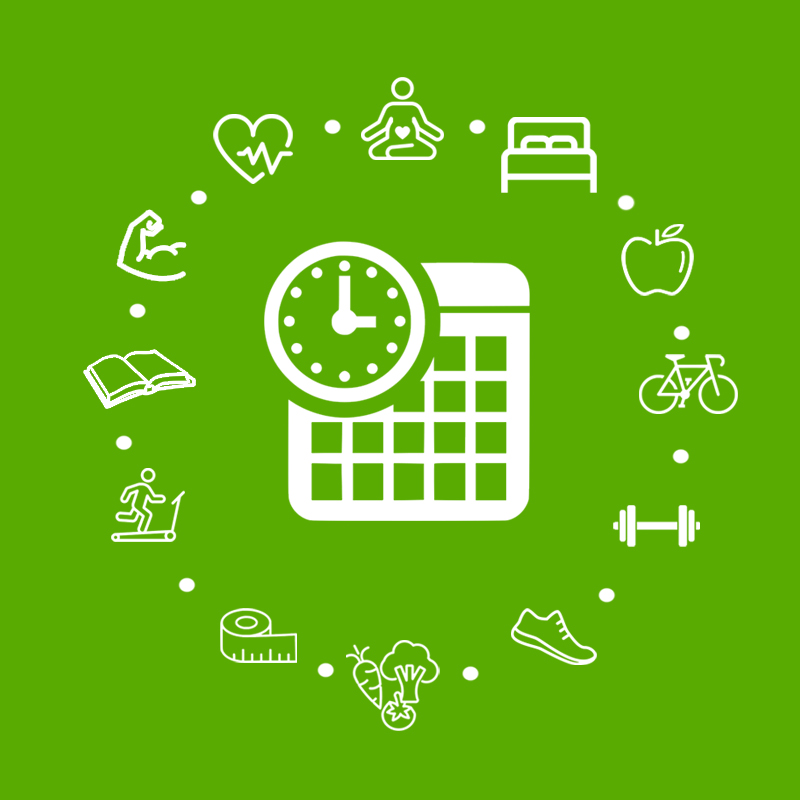
8 tiny practices with a big impact on your body
There are no quick fixes when it comes to getting fit. To avoid dieting and exercising, there aren't any tricks.

Workouts for Remote Workers at Home
Many people have recently become remote employees as a result of work-from-home instructions from businesses all around the world. And, with many parks, beaches, and gyms closed owing to the threat of COVID-19 spreading, people seek safe ways to stay active and healthy through solo workouts to avoid putting themselves in danger.

The Rise of Fermented Foods: How They Improve Digestion, Immunity, and Wellness
Fermented foods are taking the spotlight as a powerful health trend in 2025, celebrated not only for their distinctive flavors but for their profound benefits on digestion, immunity, and overall wellness. From traditional staples like kimchi and yogurt to new probiotic products, fermented foods are reshaping diets worldwide. Dive into the science behind their rise, their health-promoting qualities, and easy ways to add them to your daily meals.

30 Interesting Facts About Sleep
What makes you sleep? Okay, we know it seems like a simple question with a simple answer, but scientists have yet to completely understand it. In reality, it should have been on our list of the 25 greatest historical mysteries. Researchers have been able to track brain waves and learn a little bit about what goes on in our heads at night using advanced technology for the last few decades.

Why Laughter Is Good for Your Health: The Science Behind the Saying
Laughter has long been called "the best medicine," and science is now confirming this old wisdom. Beyond being a social bond and mood booster, laughter triggers a cascade of physiological benefits that improve our heart health, immune system, and mental well-being. This article explores the science behind why laughter is so beneficial, its surprising effects on the body, and how incorporating more laughter into your life can enhance overall health.

Henry Ford, The man popularizing the concept of the weekend off
Henry Ford was the first Industrial Giant to give his employees both Saturday and Sunday off in the hope of encouraging more leisurely use of automobiles and thus popularizing the concept of the "weekend."

Can lemons really prevent kidney stones?
Drinking lemonade helps keep kidney stones from forming. Useful if you are prone to kidney stones. Lemons have the highest concentration of citrate – a natural inhibitor of kidney stone formation – of any citrus fruit. In a recent study conducted by Sur, lemonade therapy – drinking four ounces of reconstituted lemon juice in two liters of water per day – was shown to decrease the rate of stone formation from 1.00 to 0.13 stones per patient.

5 Ways to Make Exercise a Regular Part of Your Routine
Maintaining a healthy lifestyle and general wellbeing requires regular exercise. Finding the drive and perseverance to exercise frequently can be difficult for many people. These practical tips can help in that situation.

Husband saves wife's life by donating kidney after spending a year dieting and exercising
In 2015, PJ Spraggins saves wife’s life who suffers from Lupus by donating kidney after spending a year dieting and exercising to get his blood pressure low enough for surgery.

Food for brain power
Paying attention to your diet can truly pay off, whether you want to optimize your nutrition during exam season or stay bright in your next business meeting. Although there is no specific 'brain food' that will prevent you from age-related illnesses like Alzheimer's or dementia, thinking about what you eat can help you acquire the nutrients you need for cognitive health and mood.

How Gut Health Affects Your Immune System
Your gut is more than just a digestion center—it’s a powerhouse influencing your immune defenses. Trillions of microbes living in your intestines interact closely with your immune system, shaping its development, responses, and balance. This article unpacks the fascinating science behind the gut-immune connection, revealing why nurturing gut health is key to staying resilient against infections and inflammation.

How the Scent of Rosemary Can Boost Memory and Concentration
For centuries, rosemary has been more than just a kitchen herb—ancient students and scholars believed its scent improved memory and focus. Modern science is now validating these claims with research showing that simply smelling rosemary oil can enhance memory performance and concentration. This article explores the fascinating history, scientific findings, and practical ways rosemary’s aroma can sharpen the mind and reduce anxiety.

Common Habits that have a bad effect on Your Liver
The importance of your liver should come as no surprise. Filtering blood from the digestive tract, detoxifying toxins, metabolic function, and much more are all responsibilities of this crucial organ. That's why it's important to understand how certain lifestyle choices might jeopardize your liver's health, which, in turn, jeopardizes your entire health.






